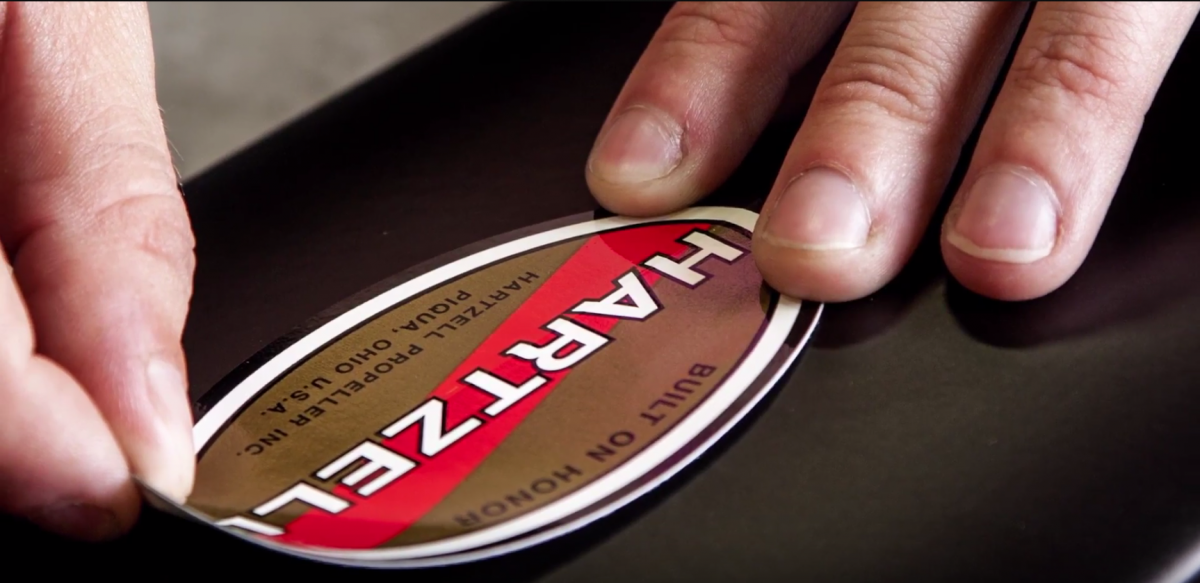
Aircraft propeller overhauls are an essential part of propeller care and maintenance. Because the propeller is one of the most highly-stressed components on an aircraft, it requires special attention after a certain amount of time or number of flight hours—otherwise known as the manufacturer’s published TBO (time between overhaul) limits.
Last week, we talked about the importance of following the manufacturer’s published overhaul limits for your specific propeller model. This week, we’ll discuss what to expect when sending your propeller in for an overhaul and provide information on how to find a reputable propeller repair shop.
Even airplane propellers with low operating hours or those stored in a hangar are susceptible to degradation over time due to corrosion, internal seal aging, and breakdown of internal lubricants. Oftentimes, this level of damage cannot be seen with the naked eye; it requires a detailed inspection of the propeller inside and out. For this reason, the aircraft propeller overhaul process is comprehensive and highly meticulous. It involves disassembling the propeller system, inspecting for damage, and refurbishing the propeller blades to the manufacturer’s specifications.
Visual and Dimensional Inspections
First, the airplane propeller service technician will visually inspect the prop for damage. Ground strikes or severe corrosion could disqualify your aircraft propeller from general overhaul service. If you have a Hartzell prop, be sure to refer to the most recent revision of Hartzell Service Letter HC-SL-61-61Y for details on your specific propeller model.
Next, the aircraft propeller will be completely disassembled, and each part will be cleaned and serviced according to the overhaul manual. All components will be inspected for damage and measured.
Refurbishing
For aluminum blades, the refurbishing process involves removing the paint and filing out any corrosion, nicks, and dings. The propeller blade dimensions should be measured a second time after the refurbishing.
In the case of Hartzell’s structural composite propellers, which are certified for unlimited blade life, the blades can be rebuilt to their original dimensions without removing any material. If necessary, the leading edge of the composite propeller will be repaired or replaced.
Non-Destructive Testing
Non-destructive testing (NDT) is often used to identify cracks and corrosion in propeller blades and hubs. There are several different NDT techniques, including magnetic particle, eddy current, and liquid dye penetrant inspections. For composite blades, ultrasound or radiography inspections are commonly used. These special testing techniques should be only performed by certified Level II inspectors.
Surface Protection
On aluminum blades, shot-peening is performed to improve part fatigue resistance. Aluminum blades are either alodined or anodized for added corrosion protection before a fresh coat of paint is applied. After the inspection and refurbishing process, the propeller is then reassembled, with any necessary parts replaced.
Balancing
Finally, the aircraft propeller needs to be balanced after an overhaul. A static balance is routinely performed during propeller overhaul services to ensure that one blade doesn’t weigh more than another. Another recommended service is dynamic balancing, which is performed once the propeller is mounted and re-installed on the aircraft. Dynamic balancing involves measuring the vibration of the entire propeller and engine assembly while it is in operation. Having your prop dynamically balanced helps to reduce cabin vibration and noise in flight, making for a smoother, more comfortable flying experience for you and your passengers. Because dynamic balancing requires specialized equipment, tools, and training, not all prop shops offer this service.
To overhaul or upgrade?
In some instances, it might make more sense to upgrade your propeller rather than having your old one overhauled. Overhauling a propeller can be expensive, especially if you need to have the blades and several internal components replaced due to damage. In the end, there may not be a great price difference between overhauling your legacy prop and switching to a new-generation design. Especially if you’re looking for significant performance increases and better ramp appeal, upgrading your propeller can be a smart decision. For those considering a propeller upgrade, Hartzell’s Top Prop conversion program offers purpose-designed propellers for specific aircraft, including Beechcraft, Cessna, Piper, Mooney, Pilatus, Daher TBM, and more.
Where should I send my prop for overhaul and repair services?
Because overhauling a propeller is such a detailed, complex process, it’s important to find an approved propeller service facility with the right combination of specialized training, tooling, and equipment to expertly service your propeller.
Hartzell Propeller offers a world-class propeller service center in Piqua, Ohio to complete your aircraft propeller overhaul, maintenance and repair services. We have also assembled a network of Recommended Service Facilities (RSF) located around the world that meet our high standards for safety and quality. To find your nearest RSF, click here.